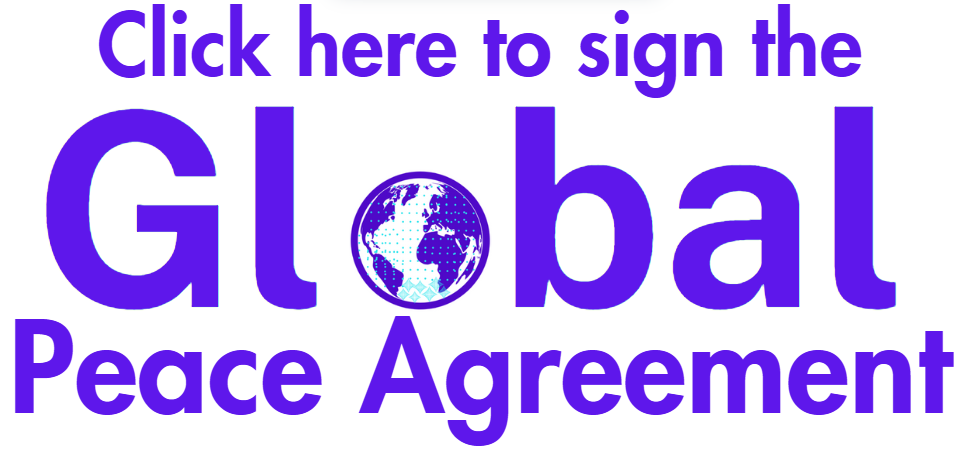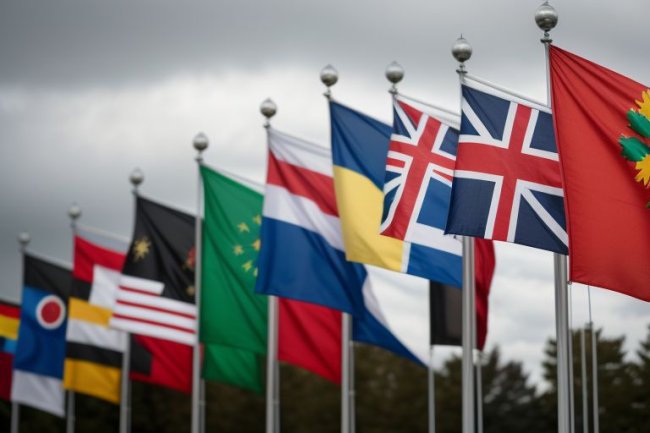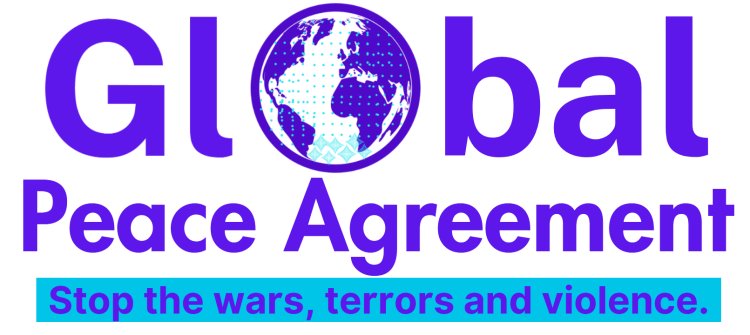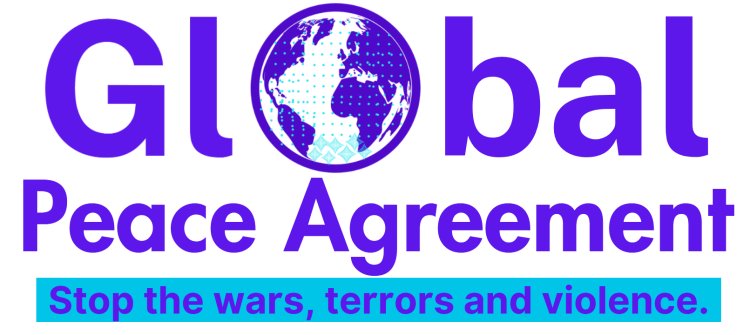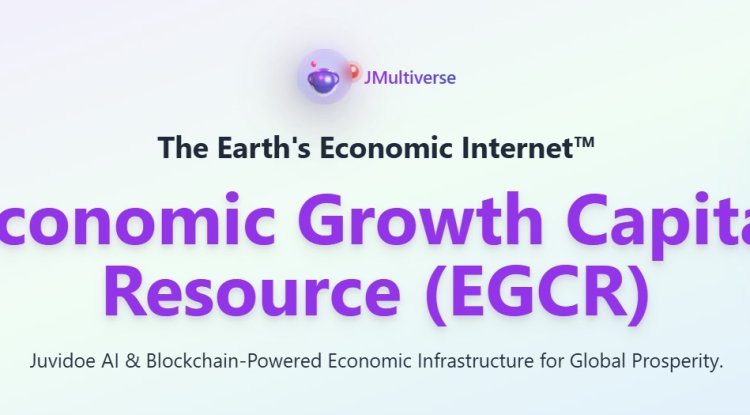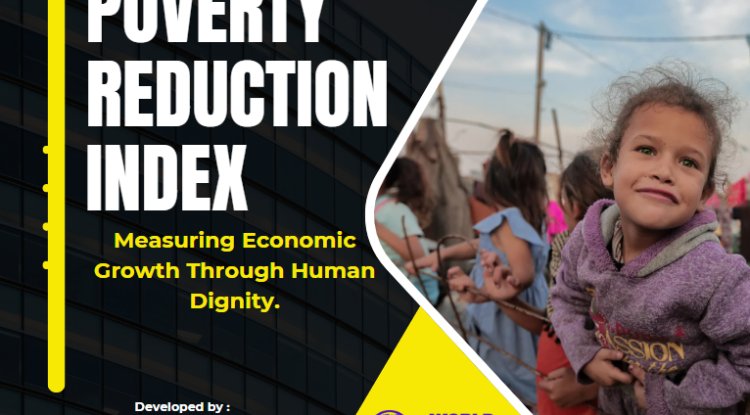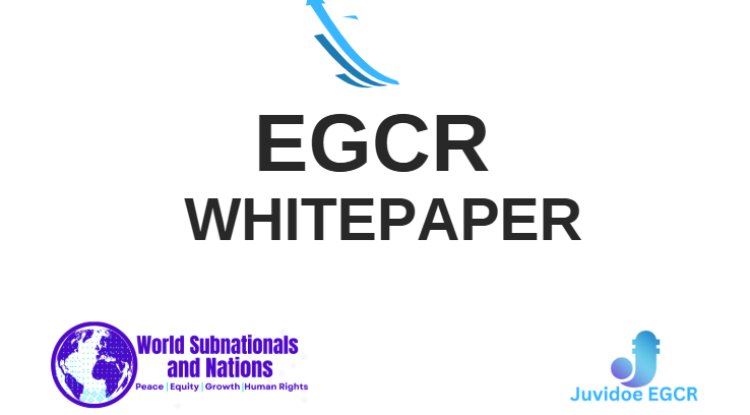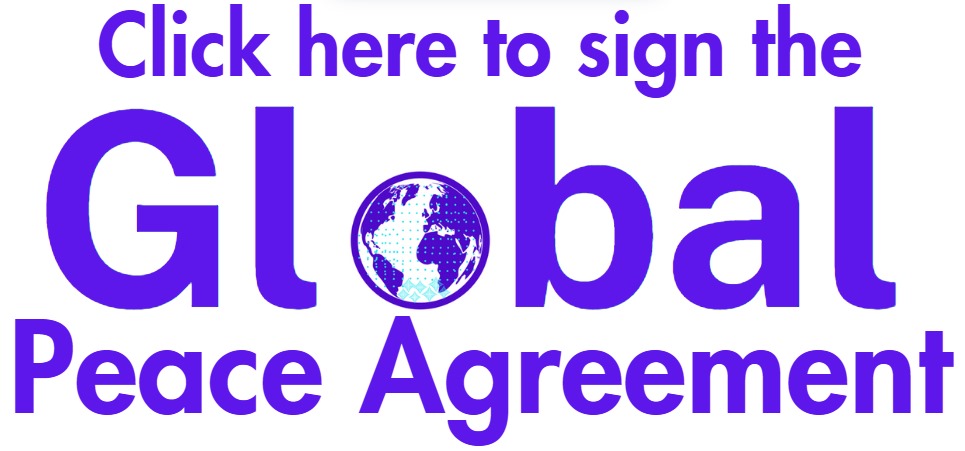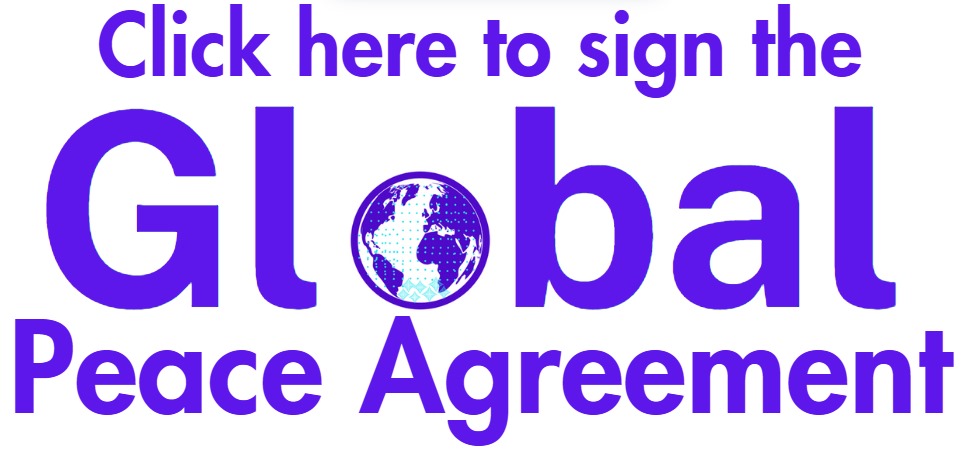Balancing Sovereignty with the Necessity of International Cooperation
In global affairs, sovereignty emerges as a twin beacon – a steadfast guardian of national identity and a linchpin of the worldwide tapestry. However, the world stage now unfolds against unprecedented interconnectivity and shared trials, heralding the clarion call for international cooperation. This call paints a canvas where sovereignty and collaboration perform an intricate dance, striking a harmonious chord between self-rule and global camaraderie.
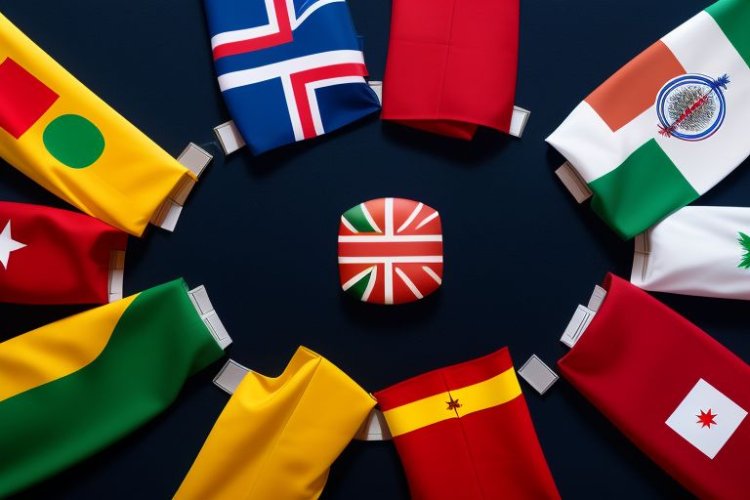
Balancing Sovereignty with the Necessity of International Cooperation
Imagine the dance floor – a global stage where nations whirl and twirl, each performing a unique dance of sovereignty. In this era, marked by intertwined destinies and shared challenges, international cooperation steps to the center, inviting sovereignty to join in a symphony of global unity. The rhythm of equilibrium is where sovereignty waltzes alongside collaboration, recognizing that the greater good often beckons nations to dance together.
The Imperative of International Cooperation
While sovereignty is a cornerstone of statehood, the rising crescendo of challenges that gracefully sweep national boundaries calls for a harmonious shift. In the grand orchestration of global affairs, a harmonious melody emerges that resonates with the profound interconnectivity of our shared destiny. The world's stage is adorned with challenges as grand as climate change, haunting as pandemics, discordant as terrorism, and as intricate as economic interdependence. These symphonic challenges transcend the confines of solitary nations, harmonizing their notes into a unified anthem of humanity's interlinked fate.
In this melodic tapestry, the chorus of international cooperation becomes an essential refrain. The realization dawns that the well-being of each nation is harmoniously woven into the well-being of all, like notes coalescing to form a symphony. The essence of sovereignty encounters a harmonious duet with collaborative endeavors, for it is only through harmonizing nations' efforts that the symphony of collective prosperity can truly be orchestrated. The confines of sovereignty find their limits when confronted by the grand crescendo of crises that elude unilateral resolutions.
The symphony of international cooperation is not just a mere partnership but an acknowledgment of our shared resonance in the grand opera of existence. It is an ode to the interconnectedness that binds nations, cultures, and lives, harmonizing their destinies into a melodic unity. As the symphony unfolds, the world witnesses the harmony that arises when nations lend their unique timbres to the collective orchestration, crafting a harmonious resonance that reverberates through the corridors of history. In this symphony of shared destiny, the imperative of international cooperation rings true – a timeless melody that sings the song of a united world striving for harmony amid the discordant challenges of our age.
Sovereignty and International Law
The interaction between sovereignty and international law unveils a nuanced equilibrium where states negotiate the complex terrain of self-governance and global collaboration. Picture this as a delicate tightrope walk, where each step signifies a nation's sovereign identity and commitment to a harmonious global order. This intricate interplay reflects the essence of international relations, a continuous quest for equilibrium between a nation's autonomous expression and its role within a broader international context.
Like skillful navigators, sovereign states chart their course through a series of agreements and treaties intertwined with the framework of international norms. These legal agreements serve as interconnected nodes, aligning to address challenges that transcend borders. Similar to a puzzle coming together, these treaties unite states, forming a network of cooperation that extends beyond national boundaries.
The elegance of this interplay lies in its equilibrium – a delicate blend between asserting a nation's independence and recognizing the value of collaborative governance. Within this intricate tapestry, states uphold their distinct characteristics while acknowledging the significance of relinquishing certain aspects of sovereignty for collective welfare. Much like a complex jigsaw puzzle, where each piece contributes to the final picture, sovereign states contribute to the collaborative mosaic of global governance.
A significant component of this dynamic is the International Criminal Court, an institution dedicated to upholding justice on an international scale. This court transcends geographical confines, acting as a beacon of impartiality in addressing cases of genocide and war crimes. Its presence illustrates the interaction of international law beyond the boundaries of individual sovereignty, underlining the notion that justice transcends territorial limitations.
Like a delicate dance, the interplay between sovereignty and international law builds to a thought-provoking climax, resonating across the global stage. It showcases the adeptness of sovereign states in balancing their autonomy with their role in a shared world. As this intricate interaction unfolds, it reveals a compelling narrative of collaboration, mutual comprehension, and the aspiration for a global framework that respects state sovereignty and global challenges' interconnected nature.
Transnational Issues (Catalysts for Cooperation)
Transnational issues, those intricate challenges that traverse borders, act as potent catalysts illuminating the inherent fragility of traditional sovereignty in a world tightly interlinked by intricate networks. These challenges, ranging from the ominous shadow of environmental degradation to the subtle yet pervasive specter of cyber threats, serve as a stark reminder that the boundaries of nation-states often blur in the face of interconnected crises.
Among these challenges, the Paris Agreement on climate change emerges as a striking exemplar of cooperative efforts that extend beyond borders. As nations converge to combat the looming specter of a global climate crisis, their collaboration underscores the inextricable interconnectedness of our shared fate. In this intricate web of cooperation, the importance of shared responsibility takes center stage, weaving together the interests and concerns of diverse nations into a unified tapestry of action.
This paradigm shift highlights the imperativeness of collective action, emphasizing that the challenges that cross borders demand responses that transcend them. In this context, sovereignty remains a guiding principle of self-governance, yet its manifestation shifts. It becomes an instrument wielded in harmony with global endeavors, a tool nations leverage to address pressing concerns collaboratively.
These instances showcase the metamorphosis of sovereignty from a solitary fortress into a vessel of collaboration, navigating the tumultuous waters of interconnected challenges. It demonstrates that while the concept of sovereignty endures, its application evolves to suit the demands of a world inextricably linked by shared vulnerabilities. As nations unite to tackle transnational issues, they create a symphony of cooperation, with sovereignty providing the melody that resonates through the intricate chords of global collaboration.
The Role of International Organizations
Intergovernmental organizations (IGOs) and international nongovernmental organizations (INGOs) emerge as crucial intermediaries, skillfully navigating the delicate balance between sovereignty and the imperative of cooperation. Think of them as diplomats on the global stage, adeptly bridging the gap between a nation's autonomous pursuits and the collective harmony sought through collaborative efforts.
The United Nations is a prime example, offering a forum where nations congregate, engage in dialogue, and forge collective pathways. It serves as a grand arena for negotiation, where the symphony of diverse voices harmonizes to address multifaceted global challenges. Here, sovereignty takes on a new role – not merely as an isolated entity but as a part of a larger ensemble, with each note contributing to the resonating chorus of international cooperation.
The World Health Organization (WHO) embodies this delicate balance, intricately weaving the threads of sovereignty and collaboration in global health. When health crises emerge, transcending national boundaries, the WHO orchestrates a response that embraces the collective might of nations. This harmonious collaboration underscores that while nations retain their sovereignty, they can harmonize their efforts despite shared threats, creating a cadence of unified action.
In this orchestration, IGOs and INGOs become conductors, guiding the symphony of diplomacy, dialogue, and joint initiatives. They recognize that while sovereignty remains an intrinsic aspect of statehood, it can harmonize with the collective aspirations of humanity. These organizations play a pivotal role in crafting a symphony where the resonance of individual sovereignty complements the harmonious chords of global cooperation, ultimately creating a composition that strives for a harmonious and interconnected world.
Economic Interdependence
Economic interdependence stands as a pragmatic balancing act, where the threads of globalization intricately weave the destinies of nations together, reshaping the traditional notions of complete sovereignty in economic realms. This transformation is akin to a tapestry interwoven with threads of trade agreements, regional economic blocs, and the intricate workings of multinational corporations that seamlessly traverse national boundaries. In this evolving narrative, pursuing economic prosperity requires nations to navigate the delicate tension between asserting sovereign autonomy and embracing the reality of shared benefits.
The rise of economic globalization has imbued the world with a sense of interconnectedness that challenges the idea of economic sovereignty in isolation. Trade agreements become more than just commercial contracts; they represent bridges between nations, fostering collaboration and exchange. Regional economic blocs, exemplified by initiatives such as the European Union, demonstrate a harmonious interplay where economic cooperation coexists with preserving national identities. In this harmonious orchestration, sovereign states elegantly move in sync with the melody of mutual growth, acknowledging that while they uphold their distinct tunes, the unified harmony produces enhanced prosperity.
The European Union's economic integration serves as a vivid illustration of this harmonization. While retaining their sovereign identities, member states collaborate closely to streamline trade, currency, and policies. This collaborative venture showcases the synergy of sovereignty and cooperation, proving that economic interdependence is not a threat to state identity but a pathway to shared growth.
In this symphony of economic interdependence, nations are akin to musicians playing distinct instruments within an orchestra. Each contributes its unique timbre, creating a harmonious composition that resonates globally. While still present, economic sovereignty adapts to the evolving landscape, embracing the reality that collaboration often yields more robust and sustainable outcomes than isolation. As the world marches forward, the pragmatic balancing act of economic interdependence redefines sovereignty's contours, spotlighting the potential for collaborative endeavors to yield symphonies of shared economic benefits.
Security and Defense
The realm of security and defense unveils a complex tapestry that interlaces sovereignty with the necessity of cooperation, illuminating the intricate balance required in a globalized context. It's a tableau where the threads of sovereign autonomy merge with the fabric of collaborative security arrangements, symbolized by military alliances such as NATO. This dynamic underscores that while complete sovereignty remains essential, the realities of shared security imperatives compel nations to navigate a nuanced dance between autonomy and cooperation.
Military alliances stand as vivid exemplars of this equilibrium. These alliances form a symphony of collective defense, wherein nations pool their resources and strengths to safeguard their shared security interests. This symphonic collaboration is not an erosion of sovereignty but a harmonization, recognizing that security threats transcend borders and necessitate united action. The North Atlantic Treaty, which obliges member states to come to each other's aid in times of need, embodies this synergy, signifying that in defense matters, the traditional boundaries of sovereignty are intertwined with the collective safety net of cooperation.
In this narrative, sovereignty is not discarded but redefined – it becomes a conscious choice to uphold national identity while recognizing that security concerns often surpass territorial confines. Nations, akin to musicians in an orchestra, each contribute their distinct notes to create a powerful composition that resonates with shared protection. This harmonious convergence showcases the adaptability of sovereignty in a globalized world, where defense collaboration enhances security without negating autonomy.
As security and defense forge a symphony of sovereignty and cooperation, it paints a vibrant canvas where nations acknowledge the complexities of an interconnected world. In this composition, sovereign autonomy harmonizes with collective action, composing a melody that resonates with the imperative of safeguarding shared security interests in an era where global challenges are increasingly intricate and interwoven.
Cultural Diplomacy
Cultural diplomacy is a profound testament to the fact that sovereignty exists not in isolation but alongside the rich tapestry of cultural diversity. Imagine this as a bridge that spans across nations, connecting the realms of identity and understanding. In a world marked by its kaleidoscope of cultures, sovereignty is interwoven with the vital pursuit of nurturing intercultural comprehension.
Like an exchange of musical notes, international cultural exchanges orchestrate a harmonious dialogue that transcends national borders. Educational collaborations are classrooms without walls, where knowledge flows freely and enriches the collective understanding of the world's diverse narratives. People-to-people connections, akin to a dance of conversations, enable individuals to engage directly and dispel stereotypes, promoting harmony beyond geographical divides.
Preserving world heritage sites, championed by organizations like UNESCO, is a vivid embodiment of cultural diplomacy's resonance. Here, sovereignty collaborates with the collective aspiration to safeguard humanity's shared history. These sites, bearing the imprints of civilizations' past, become reminders that cultures, like notes in a melody, harmonize to create a symphony that echoes across time and space.
In this symphony of cultural diplomacy, sovereignty becomes a participant that contributes its unique motif while harmonizing with the overarching goal of fostering understanding. Diplomacy evolves from state-to-state negotiations to a symposium of cultures, where each participant contributes to a harmonious discourse that transcends political confines.
Cultural diplomacy bridges the gap between sovereignty and the interconnected world, illustrating that a nation's autonomy can coexist harmoniously with the celebration of diversity. It is a reminder that the grand tapestry of humanity's myriad cultures enriches the world, creating a mosaic where sovereignty's chords blend seamlessly with the collective melody of shared human experience.
Human Rights and Humanitarian Interventions
The intersection of human rights and humanitarian interventions unfurls a complex ethical tapestry, where the principle of sovereignty grapples with the imperative of preventing gross human rights violations. It's a scenario akin to a moral tightrope, where a nation's autonomy threads are interwoven with the universal call for protecting human dignity.
When human rights violations cast their shadow within a nation's borders, the sanctity of sovereignty faces a formidable ethical challenge. Here, the notion of sovereignty encounters a fork in the road, where the path of non-interference confronts the moral obligation to prevent atrocities. This tension between autonomy and responsibility is where the concept of humanitarian interventions takes center stage.
Humanitarian operations show a strong commitment to maintaining human lives and align with the tenets of the Responsibility to Protect (R2P) doctrine.
This principle emphasizes that sovereignty entails an intrinsic responsibility to ensure the rights and welfare of a country's inhabitants. This duty transcends borders, as the international community recognizes that the shared commitment to human dignity supersedes territorial boundaries.
The intricate balance lies in navigating this moral dichotomy. The challenge is to uphold a sovereign state's integrity while fulfilling the international community's commitment to preventing egregious human rights violations. The art of this balance is akin to a delicate dance, where the steps reflect the delicate equilibrium between respecting a nation's autonomy and preserving the sanctity of human lives.
In this dynamic, sovereignty transforms from an insular concept to a guardian of human rights. It becomes an instrument nations wield to uphold their citizens' well-being while participating in a global endeavor to prevent atrocities. While treading on sensitive ground, humanitarian interventions represent a harmonization of these objectives. In this harmonious interplay, the chords of sovereignty resonate with the universal call for safeguarding the inherent dignity of every individual, regardless of borders.
Emerging Challenges
The dawn of the digital age introduces a new dimension to sovereignty, where emerging challenges in cyberspace and outer space push the boundaries of traditional state autonomy. This evolution can be likened to a voyage into uncharted territory, where virtual and cosmic frontiers bring forth intricate questions that challenge established norms.
In cyberspace, the intangible nature of cyberattacks transcends geographical confines, rendering conventional sovereignty frameworks inadequate. The interconnectedness of our digital world necessitates a global collaboration to safeguard digital infrastructures. This endeavor mirrors a symphony of nations, harmonizing their efforts to shield against threats that can originate from anywhere, blurring the lines between national borders and demanding a collective response.
Similarly, exploring outer space propels the concept of sovereignty beyond Earth's atmosphere, prompting the emergence of cosmic diplomacy. As humanity's reach extends to the cosmos, new questions arise about property rights, resource extraction, and peaceful exploration. The Outer Space Treaty emerges as a beacon in this pursuit, emphasizing the interplay between state sovereignty and the aspiration for a peaceful and shared cosmic realm.
The evolving narrative of sovereignty in these domains speaks to the interconnected nature of our world. It underscores the imperative of collaborative engagement, where nations navigate the complexities of emerging challenges through a symphony of cooperation. Just as the orchestra harmonizes diverse instruments to create a unified melody, sovereignty in the digital and cosmic spheres harmonizes individual state interests with the collective goal of securing cyberspace and preserving the pristine expanse of outer space for the benefit of all humanity.
The art of balancing sovereignty with the necessity of international cooperation requires deft navigation. Sovereignty remains the bedrock of state identity, but the imperatives of a shared world beckon nations to collaborate. The delicate equilibrium entails recognizing that sovereignty is not a static fortress but a dynamic force harmonizing with global interdependence. As the world grapples with challenges that transcend borders, the fusion of sovereignty and cooperation creates a symphony that celebrates diversity, seeks common ground, and envisions a future where nations stand united to forge a path toward a better world.
The Impacts of External Influences on National Sovereignty
National sovereignty has stood as a fundamental pillar of international relations, representing a nation's self-governing authority over its internal and external affairs. However, the landscape in which this concept operates has evolved dramatically in our modern era of unprecedented global connectivity and interdependence. Many external influences now confront the notion of national sovereignty, each exerting a distinct impact on a nation's autonomy, decision-making processes, and overall governance.
One of the most prominent external influences reshaping national sovereignty is the phenomenon of economic globalization. Characterized by the seamless movement of goods, services, capital, and information across international borders, economic globalization has unleashed transformative effects on the global economy. Its positive facets are evident in the remarkable economic growth and enhanced living standards experienced by numerous nations. Yet, intertwined with these benefits are intricate challenges that test the boundaries of national sovereignty.
Global supply chains and financial networks have woven an intricate web that connects nations inextricably to one another. This interdependence leaves countries vulnerable to economic shocks originating far beyond their borders. The aftermath of the 2008 financial crisis vividly illustrates how external economic forces can disrupt a nation's economic stability, compelling governments to relinquish control over fiscal policies to international financial institutions such as the IMF.
In tandem with this, the ascent of multinational corporations, driven by profit incentives, represents another facet of the complex interplay between globalization and national sovereignty. These corporations hold substantial sway over domestic policies and regulations, often leveraging their clout to demand concessions or exemptions from governments. This dynamic not only exemplifies the influence of external entities on a nation's sovereignty but also poses a potential threat to its capacity to enact laws aligned with its distinct socio-economic priorities. Consequently, to varying degrees, economic globalization has chipped away at the exclusive economic decision-making authority conventionally associated with national sovereignty.
A crucial illustration of the changing nature of national sovereignty is evident in international organizations. Entities like the United Nations, World Trade Organization, and World Health Organization have fostered global collaboration spanning various spheres. By providing platforms for dialogue, negotiation, and consensus-building among member states, these organizations endeavor to tackle shared challenges, including climate change, public health crises, and human rights violations. However, the cooperative nature of these endeavors introduces a distinct dimension to the sovereignty discourse.
Member states often choose to pool their sovereignty in engaging with international agreements, treaties, and conventions. While this enhances a nation's participation on the global stage, it simultaneously constrains its independent decision-making capacity. Such commitments compel adherence to rules and norms established by these organizations, as exemplified by environmental accords like the Paris Agreement. Although designed to address global concerns, these agreements can constrict a nation's autonomy by mandating the adoption of measures that may affect its domestic policies.
The proliferation of transnational threats has further blurred the lines of national sovereignty. Terrorism, cyberattacks, and organized crime transcend national borders, necessitating collaborative responses for effective mitigation. International alliances, such as NATO, allow nations to pool resources and intelligence, thereby bolstering collective security. However, this cooperation inevitably entails shared decision-making, potentially compromising a nation's absolute autonomy in responding to imminent threats.
In the cultural sphere, the effects of globalization manifest in the diffusion of ideas, values, and lifestyles facilitated by technology and media. While cultural exchange fosters intercultural understanding and dialogue, it simultaneously challenges traditional cultural identities and practices. As nations absorb foreign cultural influences, they may be compelled to conform to global norms, potentially compromising their unique identities and sovereignty.
Language, art, and traditions, which form the bedrock of national identities, are not immune to this influence. The influx of foreign media content challenges the importance of local cultural expressions, eroding a nation's ability to shape and control its cultural narrative. Moreover, the propagation of global consumerism can homogenize consumer preferences, posing a potential threat to indigenous industries and local markets.
The digital age has revolutionized communication and connectivity, ushering in unprecedented access to information and influencing public opinion. Social media platforms, for instance, empower individuals to share ideas and mobilize across borders, posing a direct challenge to governments' control over information dissemination. This has prompted some nations to resort to censorship and internet controls to maintain their narrative and suppress dissent, highlighting the intricate interplay between technological advancement and the preservation of national sovereignty.
Against these multifaceted influences, a comprehensive exploration of the impact of external forces on national sovereignty underscores a delicate equilibrium between autonomy and interconnectedness. While economic globalization and international organizations provide avenues for cooperation and collective problem-solving, they also have the potential to curtail individual decision-making authority. Transnational threats necessitate collaborative security efforts that may challenge the notion of complete control. Simultaneously, cultural diffusion and technological progress, while fostering connectivity, can also serve as catalysts for cultural transformation and information dissemination that challenges traditional sovereignty paradigms.
In this dynamic landscape, nations are tasked with balancing embracing global interconnectedness and safeguarding their unique identities and interests. The challenges posed by external influences necessitate innovative governance structures that enable nations to participate actively in the global community while preserving their core values and sovereignty. As the world evolves, the intricate relationship between external influences and national sovereignty will remain a central and ever-evolving facet of international relations.
The Complex Landscape of Interdependence

